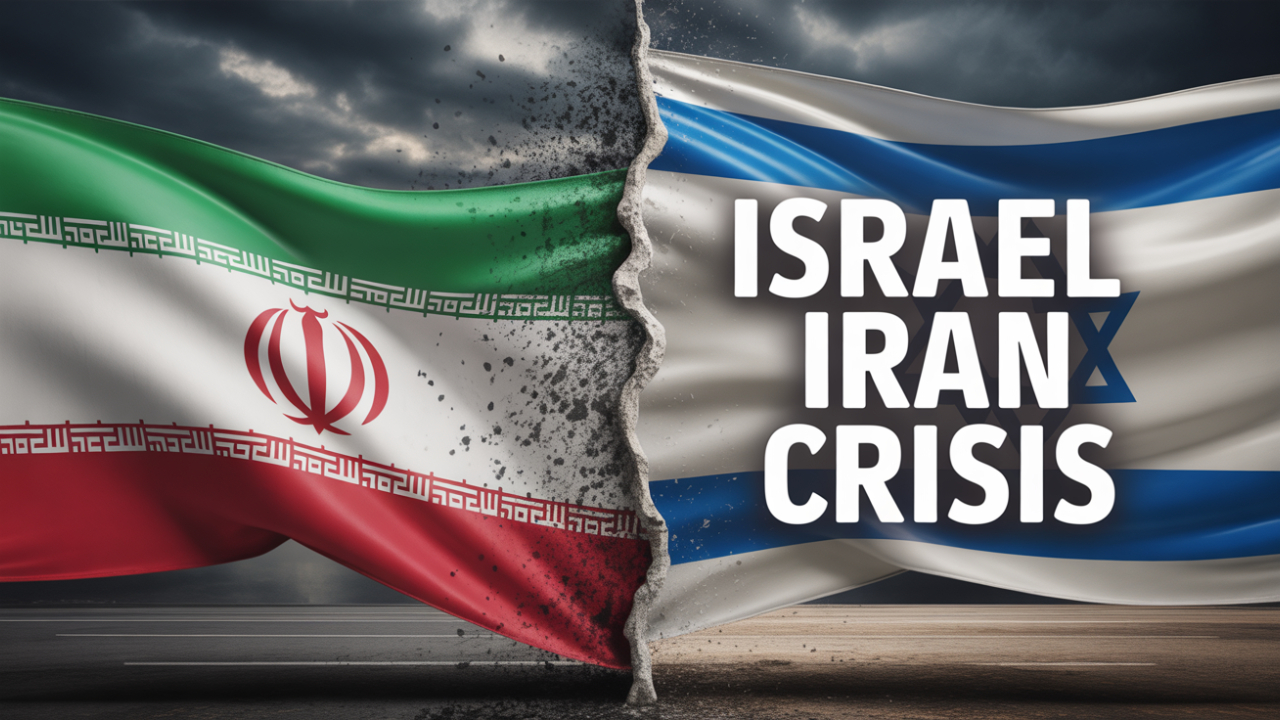A Crisis Erupts
The Middle East was once again thrust into chaos as the long-simmering conflict between Israel and Iran exploded into a full-blown military confrontation. Over the span of 12 days, the world witnessed the most extensive and direct engagement between the two nations in decades, threatening to engulf the entire region in a wider war.
Israel launched a massive preemptive operation—"Rising Lion"—targeting over 100 Iranian sites, including nuclear facilities like Natanz, Fordow, and Isfahan. In retaliation, Iran fired waves of ballistic missiles and drones, one of which targeted Israel’s Soroka Hospital. But the stakes escalated dramatically when the U.S. joined the fray, unleashing “Operation Midnight Hammer”, a coordinated strike using bunker-buster bombs to severely damage Iran’s nuclear infrastructure.
A Ceasefire—For Now
A U.S.-brokered ceasefire took effect on June 24. Iran agreed first, and Israel followed 12 hours later. While the world exhaled in relief, the calm is fragile. The reality is that while weapons have quieted—for now—the diplomatic, economic, and geopolitical aftershocks are only beginning.
What Was Achieved—and What Wasn’t?
Israel’s and America’s Goals:
- Neutralize Iran’s nuclear threat.
- Reassert deterrence after months of Iranian proxy activity in Syria, Lebanon, and Yemen.
- Strengthen regional alliances with Gulf states and reframe security cooperation.
But Did It Work?
- Despite damage to key nuclear facilities, U.S. intelligence suggests Iran’s program was only delayed by months, not destroyed. Underground enrichment capabilities and stockpiles may have been relocated or hidden.
- Iran remains defiant, but visibly shaken. Nobel Laureate Shirin Ebadi declared the regime a “paper tiger,” saying internal pressure could collapse it.
- Iran’s parliament even floated closing the Strait of Hormuz, through which 20% of global oil passes—a move that would spike fuel prices worldwide and disrupt trade.
Global Fallout
Oil Prices Reacted Quickly
- Initial spikes were sharp, but after the ceasefire, WTI crude dropped 3.2% and Brent crude fell 3.4%.
- Markets remain jittery—any renewed fighting or Iranian threat to oil flow will send prices surging again.
Diplomacy on a Knife’s Edge
- Iran cut ties with the IAEA and halted nuclear monitoring.
- While Europe has started informal talks, Iran refuses U.S. negotiations unless sanctions are lifted.
- The Biden administration appears cautious but ready to re-engage if the truce holds.
What’s Next?
|
Issue |
Forecast |
|
Ceasefire Stability |
Likely to hold in the short-term, but one rogue strike could reignite tensions. |
|
Nuclear Program Recovery |
Iran will likely resume activity quietly; delays, not destruction. |
|
Regional Proxy Conflicts |
Watch for activity in Lebanon, Syria, and Yemen—Israel may hit Iranian proxies harder going forward. |
|
U.S. Engagement |
Possible resumption of talks, but with hardened positions on both sides. |
|
Iranian Domestic Pressure |
Regime facing growing discontent; risk of protests or political reshuffling looms. |
The Bigger Picture
This conflict wasn’t just about bombs and missiles—it’s about power, ideology, and survival. Israel believes Iran’s nuclear ambitions are existential. Iran views Israel and its Western allies as occupiers and aggressors. Until this fundamental divide is bridged, expect more eruptions, covert operations, cyberattacks, and diplomatic maneuvering.
The question is no longer if Israel and Iran will clash again—but when, and at what cost to the world.











